Huaqiao. The number one diaspora in economics and politics of Southeast Asia
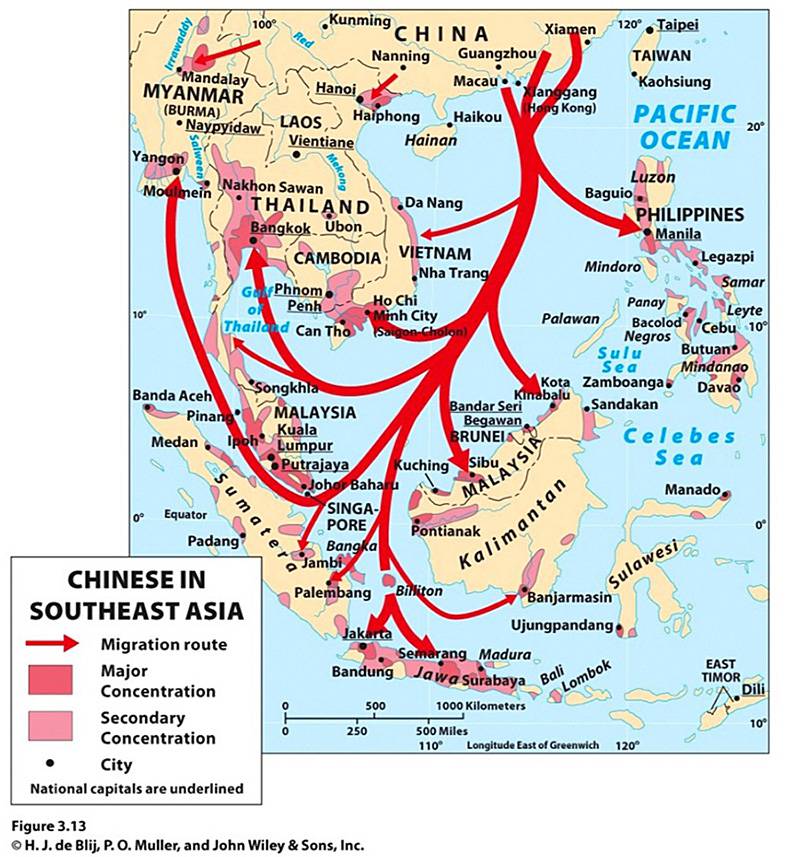
Southeast Asia's Huaqiao is a classic “trade minority” or, using the terminology of the American sociologist and philosopher Thomas Sowell, a “minority intermediary”. According to Sowell, the “minority - mediator” has a unique social position. As a rule, these are migrants who occupy an important niche in society. They carry out trade-exchange functions that are vital to society, but, at the same time, are perceived by society as “alien”. In certain cases, social dissatisfaction spills on them, and politicians successfully speculate on them. The classic example of the “minority - mediator” in the European stories - Jews, in turn, as Sowell emphasizes, "the Chinese-huaqiao began to be called Jews of Southeast Asia, the nationality for - the Jews of Nigeria, the Parsis - the Jews of India, and the Lebanese - the Jews of West Africa."
Up to the European colonization of Southeast Asia, Chinese traders played a crucial role in interethnic commercial relations in the region. Chinese merchants controlled exports and imports in the region, collaborated with European merchants, who later made them a serious competitor. After the colonization of most of the countries of Southeast Asia, Chinese entrepreneurs actively manifested themselves in other sectors of the economy, including the crop and manufacturing industries. They also stood at the origins of the banking sector in many countries of the region.
Meanwhile, not all Huaqiao of Southeast Asia are entrepreneurs or managers of commercial organizations. The mass migration of Chinese, especially residents of the southern provinces of China, to Southeast Asia began in the middle of the 19th century and was by no means a good life. The main flows of migrants came from the provinces of South China, especially from Guangdong, Guangxi, Guizhou. Yesterday's peasants from Chinese villages were hired by workers in mines and plantations. However, given the Chinese people's natural craving for knowledge, their discipline and cohesion, many later “fought out in people”, becoming entrepreneurs or intellectuals. At the same time, the huaqiao did not break ties with their homeland, but rather sought to help their relatives and countrymen left in China, perceiving them at that time as victims of the Manchu occupation.
Today, the Chinese diaspora is the richest and most educated in the countries of Indochina and the Malay Archipelago. According to the researchers, ethnic Chinese control up to 70% of the wealth of the countries of Southeast Asia, while making up only 6% of the region’s population. Of the 200 richest people in the world, 16 are entrepreneurs from the Chinese diaspora in Southeast Asia. The financial resources and economic potential of the Chinese diaspora in the region is enormous, which makes it an extremely important component of the political life of the states of Southeast Asia.
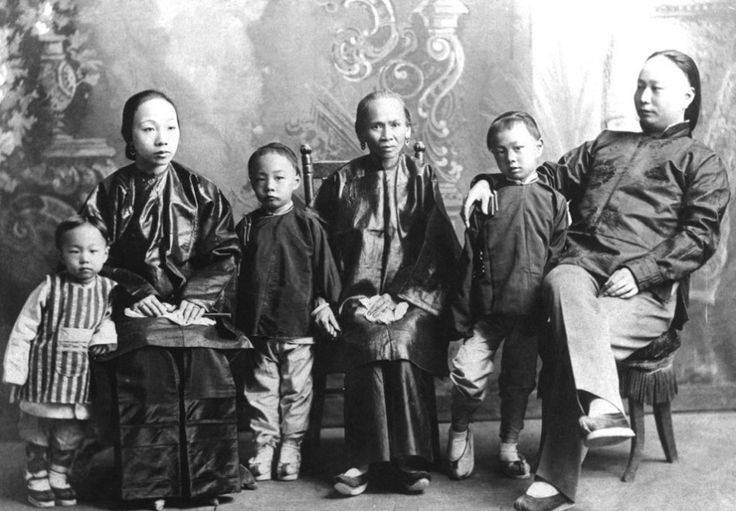
The main factor contributing to the mass migration of Chinese to the countries of Southeast Asia was their geographical accessibility. Much easier from the southern provinces of China to get to Thailand or Vietnam than to European countries. As a result of mass migration, in many countries of Southeast Asia, huaqiao have become a significant part of the population. At present, the Chinese make up 76% of the population of Singapore, 24% of the population of Malaysia, 14% of the population of Thailand, 11,2% of the population of Brunei. The Chinese diaspora are less numerous in countries like Indonesia (3%), Laos (3%) and Myanmar (3%). In the Philippines, Chinese make up 1,5% of the country's population; in Vietnam, 1,1%. The least fortunate were the Chinese of Cambodia (1%), who suffered a great deal during the Polpotov repressions (and this despite the fact that there were many people of Chinese origin among the leaders of the Khmer Rouge). In Singapore, as we noted above, the Chinese dominate the political and economic life of the country. Malaysia and Indonesia are inhabited by unassimilated diasporas of Huaqiao, whereas in Vietnam, Thailand, and Myanmar, the Chinese have largely assimilated with the local population. The main reason for poor assimilation in Indonesia and Malaysia are confessional differences - these countries are known to be Muslim, while in Thailand, Myanmar, and Vietnam the bulk of the population is Buddhist and, accordingly, it is easier for Chinese to dissolve in a culturally similar environment. However, in both Malaysia and Indonesia there are groups of almost completely assimilated Chinese population - the so-called. “Peranakan”, which adopted Malay and Indonesian names and customs, often consist of mixed marriages with representatives of the peoples of the Malay Archipelago.
In the first half of the twentieth century. the Chinese have become a serious political force in the countries of Southeast Asia. It is worth noting that it was often in emigration that Chinese revolutionary groups that opposed the Qing Dynasty could easily exist. After the Xinhai Revolution, the ties of the Chinese diasporas with China became even stronger. Chinese entrepreneurs collaborated with the Kuomintang, and among the numerous Chinese proletariat and, in part, the intelligentsia, the communist ideology gained popularity. It was the Chinese who most often stood at the origins of the communist and labor movement in the British, Dutch and French colonies in Indochina and the Malay Archipelago. In particular, the Communist Party of Malaya, which had long led a guerrilla war in the jungle of the first British Melaka, and then sovereign Malaysia, was almost entirely a Chinese organization.
On the other hand, for a long time, the remnants of the Kuomintang army divisions fought in Burma, retreating to the area of the infamous Golden Triangle from the southern Chinese province of Yunnan. The attitude towards the Chinese diasporas on the part of the “host societies” also varied. For example, in Thailand, the Chinese have assimilated most successfully, there are many mixed families and, in fact, many Thai huaqiao are Thai Thai people. However, back in 1920 - 1930 - s. in Siam, there were discriminatory laws against the Chinese, who were ordered to adopt Thai names and renounce their language. Later, the Thai government’s policy towards the Chinese diaspora was substantially liberalized.
A completely different picture is observed in Indonesia, where the Chinese look like an alien group against the background of the local population, mostly Muslim. In the history of Indonesia, anti-Chinese pogroms have repeatedly occurred, caused by social reasons and, above all, by the discontent of the local population with the living conditions in the country. The first major anti-Chinese pogrom occurred in 1740 year. The Dutch authorities ordered the relocation of all Chinese workers to the plantations of Ceylon (then Ceylon was still Dutch). In Batavia, unrest began, causing a three-day "Chinese pogrom", during which 5 killed about 10 thousands of Chinese. After the pogrom, the Chinese population of Batavia was resettled in special neighborhoods. Then the position of the Chinese improved. They received the status of Dutch nationals and became intermediaries between European colonialists and the native population.
Of course, after the proclamation of the national independence of Indonesia, the authorities began to discriminate against the Chinese population, which was manifested in the ban on Chinese, the use of Chinese names and surnames. The Chinese population was most severely persecuted in 1965-1998. The anti-Chinese policy of the Indonesian authorities was explained by the fact that the Chinese constituted the majority of activists and supporters of the Communist Party of Indonesia and were viewed as the “fifth column” of China in Indonesian society. But even after China abandoned its plans for revolutions in the countries of Southeast Asia, Indonesia retained the anti-Chinese line in domestic politics. The authorities skillfully allowed the protest energy of the masses into the mainstream of interethnic conflicts. The most ambitious anti-Chinese speeches recently in Indonesia occurred in 1997-1998.
In Malaysia, the Chinese make up a quarter of the country's population, but are denied the rights that indigenous people have - Malays and some other smaller nations. Malaysia is characterized by the existence of privileges and preferences established by law for the indigenous population - “Bumiputra”, which does not include Chinese and Indian migrants, who constitute a significant part of the country's population. At the same time, the Chinese control most of the Malaysian business, actively represented in culture, science, and in government institutions. Therefore, it is hardly possible to say that the situation of the Chinese in Malaysia is very bad.
In Southeast Asia, Chinese are ambivalent. On the one hand, the governments of the states of the region cannot deny the obvious - the contribution of the Chinese diasporas to the economies of the Southeast Asian countries is enormous. But, on the other hand, the economic success of the Chinese diasporas cannot but arouse envy, and in some cases fears about the gradual subordination of national economies to the interests of China through the activities of rich and active diasporas. Therefore, in many countries of Southeast Asia, there has always been a wary attitude towards the attempts of local Chinese to move from the economic sphere of society to the political sphere. But, and this is especially evident in Thailand, Cambodia, Laos, Vietnam, the Chinese actively increased the influence of diasporas through the descendants of mixed marriages with representatives of local peoples. "Half-breeds", which most often had Thai, Khmer, Vietnamese surnames and names, made official career much easier, achieved success in the political arena. However, not all of them were oriented towards relations with the diaspora - many, on the contrary, preferred to finally assimilate among the host society and distance themselves from the diaspora environment.
Anti-Chinese sentiment in the countries of Southeast Asia is based not only on the envy of the economic success of the active huaqiao. In fact, the latter did not always achieve the increase of their wealth by legal means. No need to clarify the phenomenon of the famous Chinese "triad", extended its activities throughout Southeast Asia. Even in the second half of the 19th century, some representatives of the Chinese diaspora were involved in the opium trade, and in the 20th century, the drug business became one of the main shadow areas of activity for Chinese mafia organizations in Southeast Asia. Attempts of the People's Republic of China in the 1950-th - 1960-s. The use of the Chinese diasporas as the main fighting force of pro-communist revolutions in Southeast Asia also led to an increase in hostility and suspicion towards the Chinese diasporas. In particular, in Indonesia in 1965, after General Suharto’s military coup that brutally attacked the country's communist movement, television broadcasting in Chinese was banned. Formally, the ban was lifted only in 1994 year, but only in 2000 was the first telecast in Chinese.
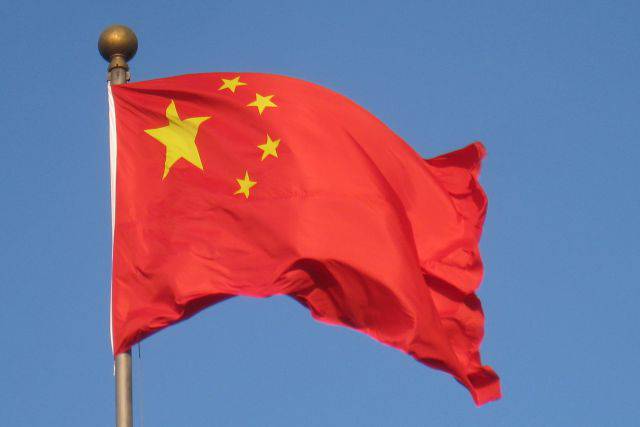
Today, the PRC is increasingly developing cooperation with overseas Chinese diasporas around the world, and the Huaqiao communities in the countries of Southeast Asia rank first in this list. At the same time, Taiwan is a serious rival of the PRC in cooperation with the Huaqiao diasporas. It should be noted that Taiwan has never interrupted ties with the Chinese diasporas of Southeast Asia, especially since as a capitalist country, it was much easier and more comfortable for him to cooperate with Chinese business than the People’s Republic of China, especially during the time of Chairman Mao. Moreover, the Chinese in Southeast Asia, at least the part that actually has economic influence and opportunities, were historically associated with the Kuomintang, that is, were in opposition to the Communists, who were established in mainland China.
However, the changes that followed in the political and ideological sphere of the PRC and soon reflected in China’s foreign policy could not but lead to significant shifts in relations between Beijing and the Huaqiao diasporas. Today, the Chinese diasporas are considered by China as an important instrument of influence in the region, and the Huaqiao themselves, in turn, are well aware that a world-class superpower like China is the best guarantor of security and further growth of economic well-being and influence of the diaspora. There are two main trends in China’s relationship with the Huaqiao diaspora in Southeast Asia. First, the cultural and economic ties between the Chinese diaspora and the PRC will only grow and develop. Secondly, the Chinese diasporas in the countries of Southeast Asia will strive (for the most part) to maintain political neutrality, since they understand that the absence of pronounced political ambitions is a guarantee of their socio-economic well-being and peaceful existence in the host countries. Therefore, one can hardly expect the transformation of the Chinese diasporas into open conductors of Chinese political influence.
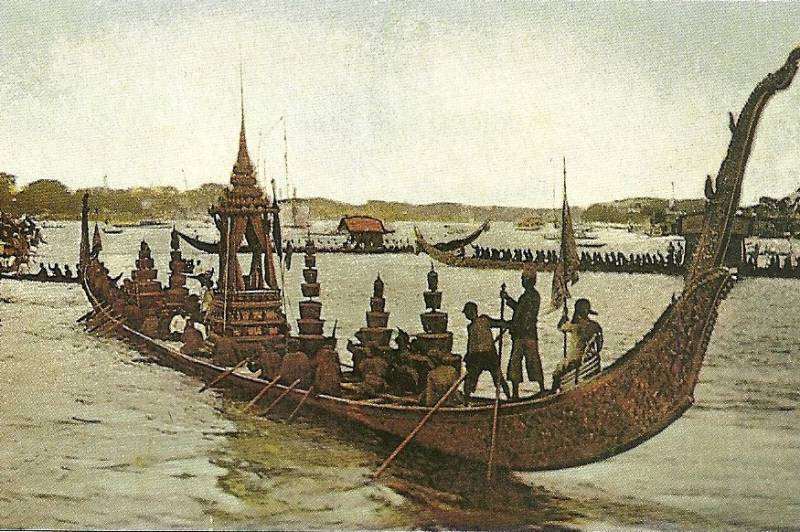
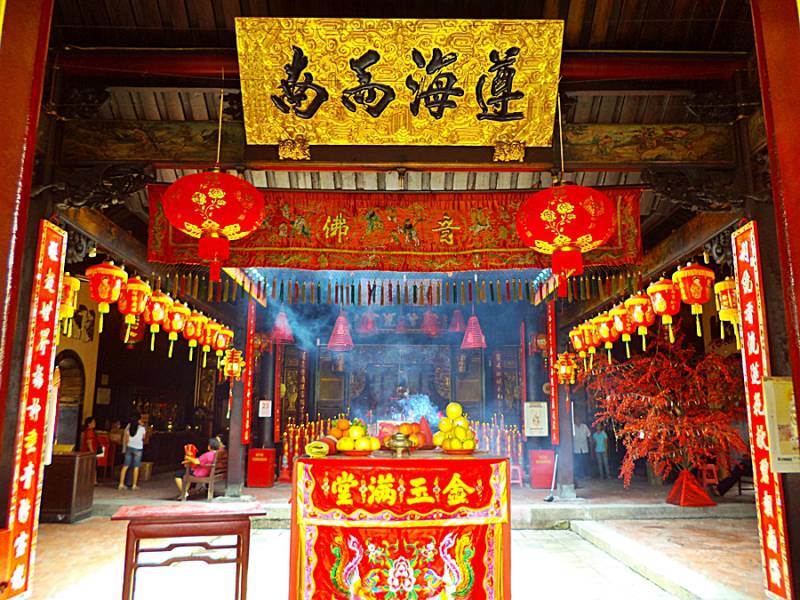
Information